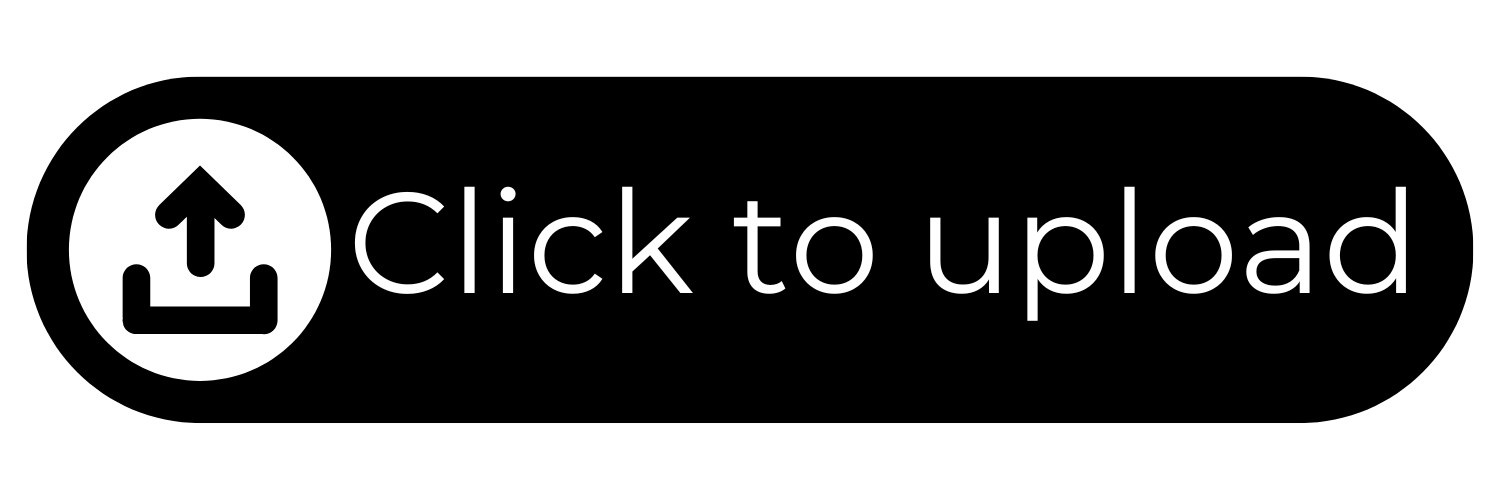How to Write a Resume
Shazamme System User | September 2, 2025
How to Write a Resume
There is no single “perfect” way to write a resume. Resumes are subjective, and different recruiters and hiring managers will always have their own preferences when it comes to format and style.
Rather than offering a one-size-fits-all template, our senior consultants at Kennedy Reid have compiled practical insights from years of experience reviewing resumes across industries. The following tips will help you create a professional, impactful resume that highlights your strengths and tells your career story effectively.
How to Write a Resume for the Australian Market
Working as administrators and support staff in recruitment, we’ve reviewed thousands of resumes – some excellent, some in need of improvement. Resumes vary around the world, but if you’re seeking work in Australia, the format and expectations differ slightly from other countries. Here’s a guide to help you build a resume that stands out to employers and recruiters in the Australian market.
1. Personal Details – Who, How, Where?
Keep this section simple and to the point:
- Full Name – Use your preferred name to avoid confusion.
- Contact Details – Include your mobile number and a professional email address. Double-check for accuracy.
- Location – Whether you include your suburb is optional. Some candidates prefer to avoid postcode bias by leaving it out until later in the process.
2. Personal Summary or Career Objective
This short paragraph introduces you to potential employers. It should highlight your experience, your goals, and why you’re applying for the role. If you’re changing industries, this section is particularly valuable for explaining your motivations.
3. Employment Experience
List your most recent role first. Employers are primarily interested in where you are now and the skills you’ve gained recently. Use dot points to outline your responsibilities and achievements clearly – this makes your experience easier to scan and understand.
4. Education
Keep this clean and simple. List your highest qualification first, along with the institution, location, and completion year. Unless highly relevant, there’s no need to list every subject you studied.
5. Extracurricular Activities
While not essential, this section can personalise your resume. Include achievements, volunteering, or hobbies that showcase your character or align with the role you’re applying for.
6. Referees
You can either state “Referees available upon request” or list your contacts. If you choose to list them, include:
- Full name
- Company and role
- Preferred contact details (mobile and email)
A minimum of two referees is usually recommended.
Formatting Tips
- Stick to 2–3 pages maximum
- Use professional, easy-to-read fonts such as Calibri, Arial or Times New Roman
- Use dot points for clarity
- Proofread carefully
Final Thoughts
For candidates, we hope this guide provides clarity on two important aspects of the hiring process: crafting a resume that reflects your strengths, and understanding the reasoning behind reference checks.
For employers who haven’t partnered with Kennedy Reid before, this showcases the level of detail and care our consultants apply when qualifying top candidates for your industry.
If you’re a candidate seeking representation, or an employer looking to secure top talent, we’d love to support you. Please get in touch with the Kennedy Reid team today.

















